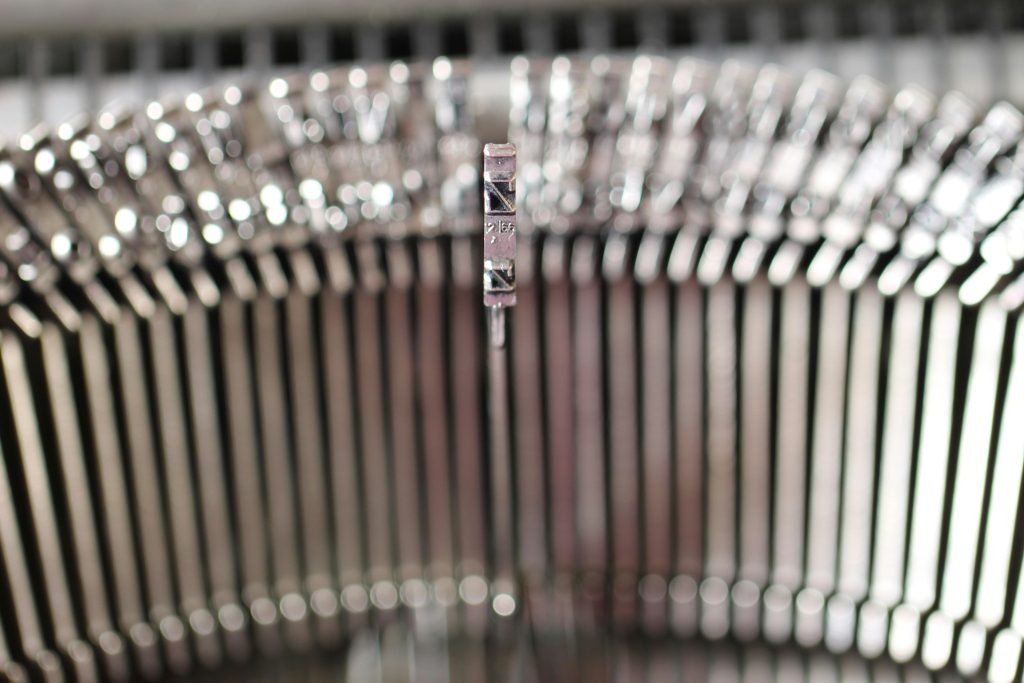If you’re embarking on a Bristol logo design project, there’s something you need to know upfront: you’re probably not going to love your new brand identity the first time you see it.
And that’s completely normal.
Why Branding Feels So Hard
Here’s the thing: visualising concepts is difficult. Everyone processes visual information differently, and that’s partly why you’ve hired a designer rather than doing it yourself. But this doesn’t mean you’re a passive passenger in the process. Far from it. Your engagement at every stage is crucial to getting a brand identity that truly works.
The Discovery Phase: Do Not Skip This
My process starts with a discovery deck. This includes brand traits, your value proposition statement, target audience analysis, and mood boards. It’s all based on research and our discussions together.
The mood boards are particularly important. For me, they’re a research phase where I explore options before diving into design work. For you, they’re an opportunity to get a feel for how the brand might look and to give me a creative steer. This is where we get on the same page aesthetically.
Take this phase seriously. The time you invest here pays dividends later.
Three Routes, One Week, No Shortcuts
Once the discovery deck is signed off, I create three logo design routes for you to choose from. Three is deliberate—it gives you choice and control without overwhelming you with decision paralysis.
Then comes the crucial bit: I ask you to sit with these options for at least a week before giving detailed feedback.
Why? Because people don’t like change.
Remember Who You’re Designing For
You’re designing for your target audience, not necessarily for yourself. Yes, you need to feel comfortable with your brand identity—you have to live with it, after all—but “I just don’t like it” isn’t enough on its own.
When you’re thinking about your options, break down your reaction. What do you think about the colours? The typeface? The overall feel? This kind of specific feedback is far more useful than a gut reaction. Always refer back to the agreed upon brand traits, and use these to decide if the brand is hitting the mark or not.
Giving feedback isn’t easy. But a designer can only do so much – client engagement and considered feedback directly impacts the quality of the final result.
The Week That Changes Everything
Here’s what I insist every client does: print out the options and stick them on the wall. Or set an image of them as your phone lock screen. Live with them for a week.
Your opinions will change. They almost always do. But this process needs time and it cannot be skipped. If I get brand route feedback within 24 hours, that’s way too soon.
Familiar is comforting. Your old brand feels safe because it’s what you know. The new options feel uncomfortable because humans are naturally wired to be cautious of the unfamiliar. That initial discomfort is not a sign that the design is wrong—it’s a sign that it’s different.
I’ve had clients dismiss designs on first sight, only to come back after a week saying they can’t imagine their logo any other way. And think of the potential time saved in the process, just by waiting for a week to consider before feeding back.
Trust the Process
Change is hard. But it’s also essential to develop and progress.
But if you engage fully— vocal at the discovery phase and mood boards, thinking deeply about the three routes, giving yourself time to sit with the unfamiliar— your feedback will be more developed, more refined, and the end result will be a brand identity that genuinely works for your business.
So yes, trust the process. But more importantly, commit to it. The time you invest now will serve your brand for years to come.




